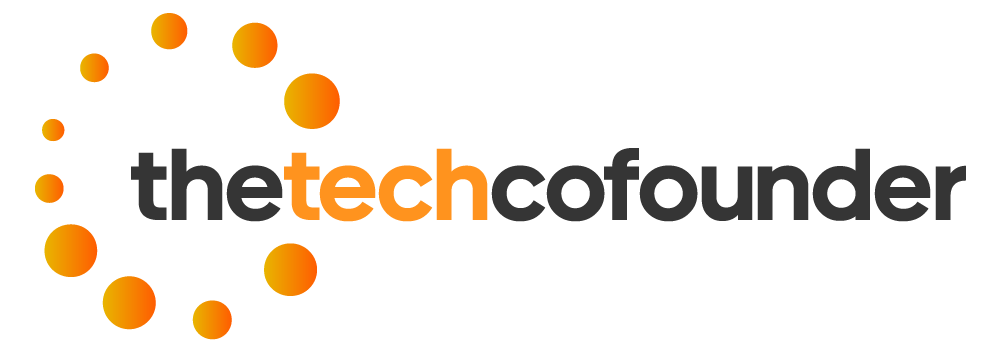Dental insurance is available in several forms, including PPO and HMO plans. The latter are typically cheaper but restrict your choice of provider. Most of these types of insurance have annual maximums for each treatment type. PPO plans usually have networks of dentists who have agreed to charge fees lower than their usual, customary rates. This saves the insurance company money and, in turn, the consumer.
Cost-Effectiveness
A PPO dental insurance plan usually offers a large network of dentists who agree to charge lower fees for services than their usual rates. The insurance company then covers a portion or all of the cost for covered procedures, and consumers pay the rest. PPO plans are usually less expensive than HMO dental insurance, but both types of coverage have advantages and disadvantages. Consumers should note that all dental insurance policies have an annual maximum, the amount the insurance provider will pay out of pocket for approved treatments for one year. Some plans may also have an additional lifetime maximum for certain medicines. Unlike a fee-for-service/indemnity plan, most PPO dental plans have an annual maximum for covered care, typically $1,000 or less. This limit is often not reached with routine visits, but it could be exceeded by major services such as crowns and root canals.
Flexibility
Unlike DHMO plans, PPOs usually offer a large network of dentists to choose from. These dentists have contracts with the insurance companies in which they agree to charge the insurance company a certain amount, usually less than their usual, customary and reasonable fee (UCR). This allows you to choose the dentist of your choice within the network and save on dental costs. PPO plans are less restrictive than HMOs because you typically won’t have to get a referral from your primary care dentist to see a specialist. This flexibility, combined with lower rates and expanded choice, makes a PPO plan more desirable than a DHMO. The differences between HMO and PPO dental plans explain the important considerations when selecting an insurance plan. HMO dental plans require patients to choose a primary provider from a designated network and typically have lower monthly premiums but less choice of providers. While PPO dental procedures offer more flexibility, their benefits are often higher than those of an HMO. Fortunately, with the help of real, reliable and updated sources, you can easily understand the differences between these two types of dental plans.
Convenience
Dental insurance providers typically offer plan enrollees a large network of dentists from which they can choose. This inventory of dentists enables plan enrollees to find an in-network dentist that is most convenient for them. It also gives them flexibility if they need to go to an out-of-network dentist. However, in that situation, the plan will usually only pay a percentage of the usual and customary fee (MAC) or a low table of allowances. In addition to providing a wide variety of in-network dentists, many PPO plans have an annual maximum. The yearly maximum is the amount that the plan will pay for services and procedures throughout the year. The maximum amount varies between dental insurers, and it is important to remember this when choosing a plan. Many dental PPO plans also offer a maximum rollover option. The top rollover is an option that allows plan members to save any unused portions of their annual maximum. This can benefit people who need to get more extensive dental work done in one year. This feature makes it easier to pay for additional procedures and reduces the risk of overspending on dental care. This is particularly useful if you are considering a costly procedure, such as dental implants or cosmetic dentistry, in the future.
Read also The Ultimate Guide to Choosing the Right Bill Payment System Provider for Your Business
Choice
Compared to dental HMOs, Preferred Provider Organization (PPO) dental insurance plans typically offer a wider selection of dentists in their networks. This enables plan enrollees to choose the dentist they want to see and receive care from at the most affordable rates. Those who select an out-of-network dentist can still save money by having their treatment reimbursed by the insurer based on a low table of allowances, but they will have to pay more out-of-pocket costs than if they had chosen an in-network provider. The advantage of selecting a PPO plan is that the dentists in a network have agreed to accept negotiated fees for their services with the insurance company, reducing the cost for the patient. This also allows the insurance company to keep its premiums lower for the plan. In contrast, a dental HMO typically has a much smaller network of approved providers and requires you to select a primary care dentist and get a referral before seeing a specialist. Regardless of your plan type, you will usually be required to pay a deductible, and there may be an annual maximum for coverage. You can avoid these charges by visiting an in-network dentist or using a dental discount program. In addition to saving on your dental fees, you will have the peace of mind of knowing that you are covered for a wide variety of procedures, from routine cleanings and x-rays to more complex work like fillings and crowns.







